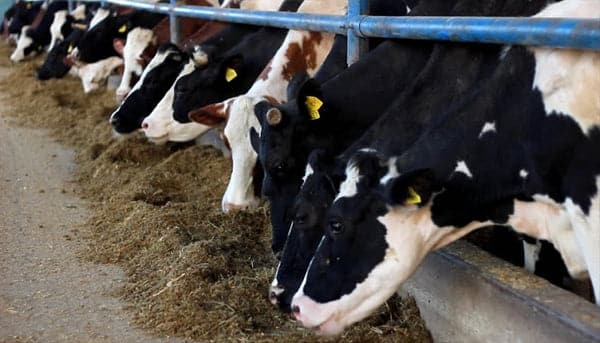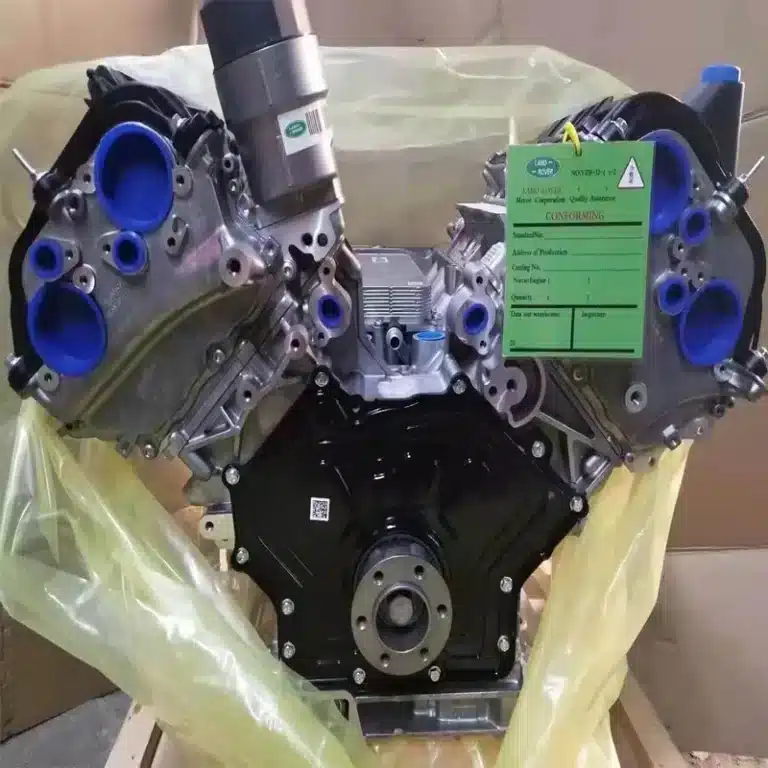Strategies to reduce energy consumption in sustainable dairy farms

In the quest for more sustainable and efficient practices within dairy production, strategies to reduce energy consumption in dairy farms have become crucially important. These measures not only contribute to the reduction of operational costs but also promote respect for the environment by decreasing the carbon footprint of the operations. From the implementation of renewable energy technologies to process optimization, each initiative aims to maximize energy efficiency and ensure a sustainable future for the dairy sector.
Sustainable dairy farms face a significant challenge in managing energy consumption due to the high demand for energy in production and animal handling processes. Implementing various strategies can lead to a considerable reduction in that demand, thereby contributing to the economic and environmental sustainability of these operations. Below are several effective strategies to reduce energy consumption in dairy farms.
Improvements in the energy efficiency of equipment
One of the first measures that can be adopted is the improvement in the efficiency of the equipment used in the operation. Upgrading to high-efficiency equipment, such as automated milking systems and modern refrigeration compressors, can mean a significant reduction in energy consumption. Installing high energy-efficient electric motors in pumping and heating systems can also help decrease electricity consumption.
Implementation of control and monitoring systems
The installation of control and monitoring systems for energy consumption allows for the identification of areas where efficiency can be improved. These systems can include sensors that measure energy use in real-time, facilitating the detection of anomalies and adjustment of consumption according to actual needs. In this way, equipment can be scheduled to operate during off-peak electricity hours.
Renewable energy sources
Integrating renewable energy sources, such as solar or wind energy, can help drastically reduce energy costs. Installing photovoltaic solar panels or wind turbines can generate a significant portion of the energy needed for the farm’s operation, thus reducing dependence on the electrical grid and cushioning the impact of energy price fluctuations. For example, solar energy can be used to power irrigation systems and water pumps.
Optimization of hot water use
The production of hot water is one of the most energy-consuming processes in dairy farms. Implementing solar water heating systems or efficient heat exchangers can facilitate considerable savings. The energy naturally generated by the sun can be used to heat the water needed for hygiene and cleaning, thus reducing conventional energy consumption in this critical aspect.
Improvements in facility insulation
Investing in good insulation of the facilities is key to reducing energy losses. Ensuring that animal housing areas are well-insulated helps maintain adequate temperatures without excessive heating consumption. Using construction materials that offer high thermal performance can significantly reduce the energy needs for climate control.
Education and training of personnel
A fundamental component for reducing energy consumption is the education and training of the staff responsible for daily operations. Training workers on energy efficiency practices, such as turning off equipment and lights when not in use and optimizing equipment operating schedules, can lead to a noticeable decrease in the total energy consumption of the farm.
Improvements in waste management
The efficient management of organic waste not only has environmental benefits but can also be a source of energy. Implementing anaerobic digestion systems allows for the transformation of waste into biogas, which can be used for generating electricity and heating, thus contributing to a lower dependence on fossil energy sources.
Planning and design of facilities
Finally, proper planning and efficient design of the facilities can facilitate the reduction of energy consumption. Arranging equipment and work areas to optimize transport distances and minimize energy costs can significantly improve the sustainability of the operation. It is also advisable to consider the integration of crops and pastures that allow for the coexistence of dairy production with sustainable agriculture.
Sustainability in dairy farms has become a priority in light of the constant increase in energy costs and environmental impact. Renewable energies offer a viable solution to reduce energy consumption and, therefore, the electricity bill. Integrating solar, wind, and biogas systems into the design of the facilities is essential to optimize resource use and ensure a production that is less dependent on external sources. These systems allow farmers to produce their own energy, thereby reducing their vulnerability to fluctuations in the energy market.
An effective strategy consists of conducting a thorough energy assessment before implementing new technologies. This includes analyzing the efficiency of current systems, identifying areas for improvement, and establishing an action plan that promotes energy efficiency. Improving the insulation of the facilities and using efficient heating and cooling systems are fundamental steps in this process. Additionally, it is essential to promote education and training of workers in sustainable practices that favor the reduction of energy consumption.
The use of biomass can also play a key role in the sustainability of dairy farms. The waste generated by livestock activities can be transformed into energy through anaerobic digestion technology, helping to minimize pollution and make the most of available resources.
Finally, collaboration between farmers and renewable energy experts can facilitate the implementation of innovative solutions tailored to the specific needs of each operation. With a strategic and collaborative approach, dairy farms can move towards a more sustainable future, where responsible energy use is an essential component of their daily activities.



